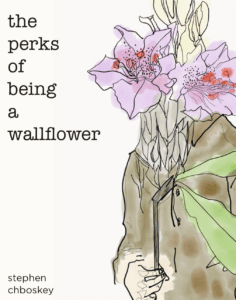Last week Gabe, Xiaoyan, Robin and I worked together on improving Nick’s phone problems. Nicolas is one of the research fellows at IMA. From the interview, we observed that Nick’s biggest phone using issue is that he tends to play his phone at night before he goes to bed. He also complains that his phone has a short battery life yet he does not want to carry his extended battery all the time. Besides these, Nick wants to improve his cooking skill and his lifestyle in general. So after finding out the problems, we decided to tackle the main issue, which is nick’s late-night phone use.
When we brainstormed the idea, we talked about maybe we can make an app that stops nick playing his phone at night, however, an app did not solve the battery issue. So we proposed that we wanted to make a combination of hardware and software. At that moment, I suddenly came up with the idea of using an AI robot to solve Nick’s problem. As all the IMA students knew, Nick is well known for his robots, thus I want to have a robot to help him. We named our product “Nick’s box”. It contains a box where Nick can put his phone in to charge and a robot which will remotely control the box. If Nick wants to take the phone out of the box, he needs to get the robot’s permission. The robot will ask Nick why does he want to use his phone. If the reason is appropriate, the box will be unlocked. However, if Nick lies about his use, then the box will be locked for even longer. Robin and I used Lego to build the robot based on Nick’s robot. The design is really personalized for Nick, and we are all happy about it.









